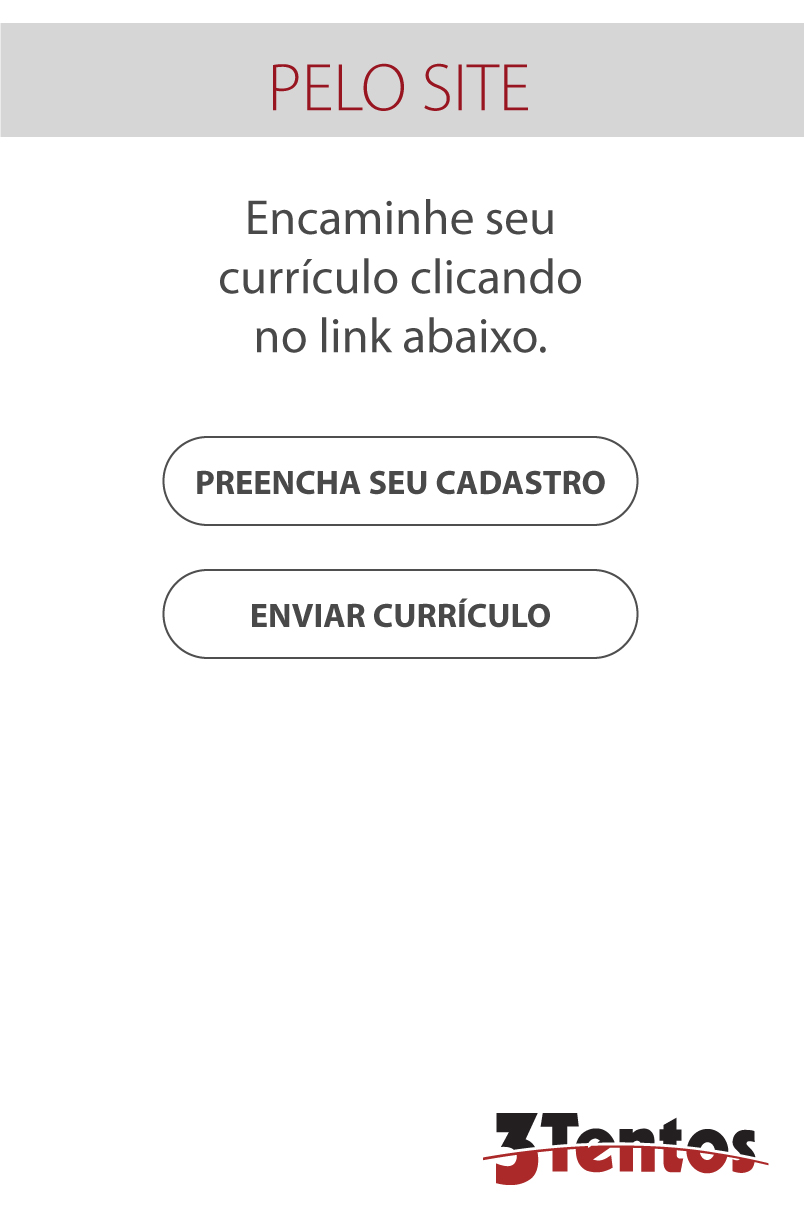During the soybean cycle, several significant factors contribute to a decrease in crop productivity, particularly insect pests, which cause significant losses and require efficient and precise management.
Temperature and humidity are two factors that strongly impact the development of insects. In this sense, with the occurrence of extreme climatic particularities, such as torrential rains and long periods without variations, the dynamics of insect pests in agricultural environments can also be affected, particularly the lack of rain, which favors specific conditions in crops. of soybeans from Brazil.
Thrips
Two species of pests from the order Thysanoptera frequently occur in soybean crops under dry climates and high temperatures, Frankliniella schultzei (Image 1) and Caliothrips brasiliensis (Image 2).
Both have a small size and similar habits, however the first species can reach a larger size when compared to C. brasiliensis. They feed on plant sap, causing damage when scraping the leaves and subsequently feeding on the secreted sap.
As a result of the damage, the infested leaves turn a silvery color. Furthermore, they may undergo changes in their consistency, becoming brittle, arched and falling prematurely.
< >
>
Image 1. Adulto da Frankliniella schultzei.
Font: Agrolink.
< >
>
Imagem 2. Infestação de Caliothrips brasiliensis em folíolo de soja.
Fonte: Maurício Pasini (2020).
To learn more about these pests, visit: https://www.3tentos.com.br/triblog/post/80.
Elasmo Caterpillar (Elasmopalpus lignosellus)
This pest attacks the crop in its initial development and its damage is characterized by penetrating the soybean seedling through the collar region, close to the soil. This attack causes wilting, drying and falling of plants and loss of stand, which depending on the severity of the attack can reduce the productivity of the soybean crop and its identification is given by the red rings that surround the caterpillar's body (Image 3).
It has the ability to excavate galleries in the soil where they take shelter, pupate and move on to the adult stage. The adult (moth) does not cause damage to soybeans. Its occurrence is favored in sandy and scarified soils because this environment provides a soil temperature favorable to its development. The use of soybean cultivars with Bt technology (Bacillus thuringiensis) presents high control efficiency (BOAS PRÁTICAS AGRONÔMICAS, 2021).
Image 3. Lagarta-Elasmo (Elasmopalpus lignosellus).
Font: Manual de Pragas da Soja (2009).
Screwworm (Agrotis ipsilon)
Another pest of soybean crops is the threadworm (Image 4), which is so called because of its habit of curling up when attacked. They are more active at night and during the day they hide in the soil, under straw, in holes or under clods of soil, generally close to the plants on which they feed.
The damage from this pest also occurs during the establishment of the crop, when newly emerged soybean seedlings are cut, with damage generally occurring in reboleiras. Like Elasmopalpus lignosellus, Bt technology has high control efficiency. As they are more active at night, applications at dawn or early in the morning are more efficient, as these caterpillars protect themselves from solar radiation during the day.

Imagem 4. Lagarta-rosca (Agrotis ipsilon).
Fonte: Francisca N. Haji.
Mosquito caterpillar (Rachiplusia nu)
The species Rachiplusia nu received the common name of “false measure” due to its habit of moving like a span (Image 5), this is due to its anatomy of having three pairs of legs in the abdominal and frontal region of its body, enabling this type of movement. The caterpillars are green in color with longitudinal white lines and can reach 5 centimeters in length.
Rachiplusia nu and Chrysodeixis includens (also called the False Ox Caterpillar), despite very similar physiognomy and habits, are differentiated by the presence of micro spines in the region above the insertion of the three thoracic legs in the Rachiplusia species.

Imagem 5. Lagarta Falsa-medideira (Rachiplusia nu).
Fonte: Revista Cultivar (2023).
Its damage results from feeding on the parenchyma of soybean leaves, not just consuming the veins, characterizing a lacy appearance on the leaf blade. It is a typical bass pest, which makes it a difficult target. Therefore, insecticide applications, when necessary, should be carried out at dawn or in the early hours of the morning when this caterpillar climbs to the middle third of the plant, which makes it an easier target, increasing control efficiency.
According to Embrapa's MIP-Soja (2023), the level of control of caterpillars in soybeans is 30% defoliation in the vegetative stage and 15% in the reproductive stage, but it is important to monitor and not exceed the level of economic damage.
Brown Stink Bug (Euschistus heros)
One of the main pests of soybeans is known as the brown stink bug. This insect stands out for having a yellow “crescent” shaped spot, located at the base of the scutellum (dorsal structure close to the thorax). Its body color can vary between light brown and darker tones, reaching black, which can make identification difficult in some field conditions. Adults measure, on average, about 11 mm in length.
It attacks various parts of the plant, including branches, stems and, mainly, the forming pods. Damage occurs due to suction feeding, which affects grain development. Attacked grains can have up to 40% less weight compared to healthy grains, in addition to deformations and reduced quality, especially in areas destined for seed production. It is estimated that, in severe infestations, losses can reach up to 10 bags of soybeans per hectare.

Figure 6. Percevejo marrom (Euschistus heros).
Font: Revista Cultivar.
Control of this pest should be an average of 2 stink bugs per swab for grain production, and 1 stink bug per swab for areas intended for seed production. One control strategy is that of weeds and tiguera plants, so that they are not hosts of this pest, in addition to applications of chemical insecticides, which are the most effective.It is worth remembering that control is not necessary during the vegetative phase of soybeans, however the level of infestation must be zero or very low at the beginning of the soybean reproductive stage to facilitate management.
Whitefly (Bemisia tabaci)
It is a sucking insect of wide distribution and economic importance in several agricultural crops, including soybeans. This insect appears mainly on the underside of the leaves, where both eggs and adults are located. Adults are straw yellow in color and measure between 1 mm and 2 mm, with females being larger than males. The eggs are pear-shaped and are found clustered on the leaves.
The direct damage caused by whiteflies is related to sap sucking and toxin injection, resulting in yellowing, wilting and premature leaf fall. These effects compromise the plant's photosynthetic capacity and can significantly reduce productivity.
As for indirect damage, whiteflies are vectors of several viruses, one of the most worrying being stem necrosis, which affects soybeans. Symptoms of this virus include necrosis in new shoots, impacting plant growth and development, which can result in significant productivity losses.
Monitoring this pest must be frequent, especially the lower, upper and middle thirds of the leaves. Chemical control should be carried out when five nymphs are found on the leaves. In addition to chemical control, it is also possible to carry out other management such as biological control and parasitoid control. Within pest monitoring, once the monitoring point has been defined, this is the first pest to be observed with a small movement of the plants and the perception of the presence of the adult. Observing the presence of the adult, the presence and pressure of the nymph on the underside of the leaves is assessed.

Figura 7. Mosca branca (Bemisia tabaci).
Fonte: A Tribuna MT.
Mite (Tetranychus urticae)
Belonging to the group of mites, it stands out as one of the most aggressive species, being widely recognized for its impact on various agricultural crops. Their eggs have a shiny appearance, making them easy to identify on plant surfaces. The nymphs have morphological similarities with the green mite, but they are distinguished by having two dark spots on the green color of the body. As they evolve into adulthood, these spots become even more evident, especially in females, whose coloring has a more pronounced intensity.
The damage initially caused manifests itself in the form of small light gray spots on the underside of the leaves. As the infestation progresses, these areas evolve into more intense grayish tones on the underside and yellowish colors on the upper side of the leaf. This degradation process directly interferes with the plant's photosynthetic capacity, which can significantly compromise its development and productivity, depending on the degree of infestation.
Control can be done through Integrated Pest Management (IPM) and the adoption of selective agricultural pesticides that minimize the impact on natural enemies, such as mite predators and parasitoids. Furthermore, cultural practices such as eliminating nearby host plants and maintaining an environment unfavorable to the mite's proliferation, such as good irrigation, can reduce its incidence.
It is important to note that, when dealing with caterpillars, the sequential use of insecticides from the pyrethroid chemical group can unbalance and increase the pressure of this pest, hence the need to rotate groups of chemical products and avoid excessive use of the same group. .

Figura 8. Ácaro (Tetranychus urticae).
Fonte: Agrolink.
Conclusion
Soybean cultivation faces numerous management challenges, in relation to insect pests and mites that directly impact productivity. Among the most common pests are thrips, caterpillars, brown stink bug, whitefly and the mite Tetranychus urticae. These species, often favored by adverse climatic conditions, such as periods of drought and high temperatures, require integrated management strategies to minimize damage and avoid significant economic losses.
Text written by Eduarda Seger da Silva Pinheiro and Máicon Luz Kilpp, academics from the Agronomy course at UFSM, Frederico Westphalen campus, members of the Tutorial Education Program - PET Agricultural Sciences, under the supervision of the tutor, professor Dr. Claudir José Basso.
Bibliographic References:
Image: Jovenil Silva/Embrapa Soja
BETTIOL, W. et al. Global warming and phytosanitary problems. Brasília-DF. Embrapa, 2017. pg. 280-347.
GOOD AGRONOMIC PRACTICES. Main pests controlled by Bt Technology in Soybeans, Corn and Cotton. Available at: . Accessed on November 28th. 2024.
BUENO, A. de F. et al. Integrated Soybean Pest Management. Embrapa Soya. Londrina-PR. 2023
MOREIRA, H. J. da C. ARAGÃO, F. D. Soybean Pest Manual. Campinas-SP. 2009. 144p.
FARMBOX. Who is the “new” false measurer found in soybean fields in the Cerrado?
Available at: . Accessed on Nov 28th. 2024.
Brown stink bug (Euschistus heros). Available at: . Accessed on December 3rd. 2024.
BARROS, L. Brown stink bug: 7 control strategies in soybeans. Available at: . Accessed on December 3rd. 2024.
MATIOLI, T. F. How to efficiently manage whiteflies. Available at: . Accessed on December 3rd. 2024.
Available at: . Accessed on December 3rd. 2024.




